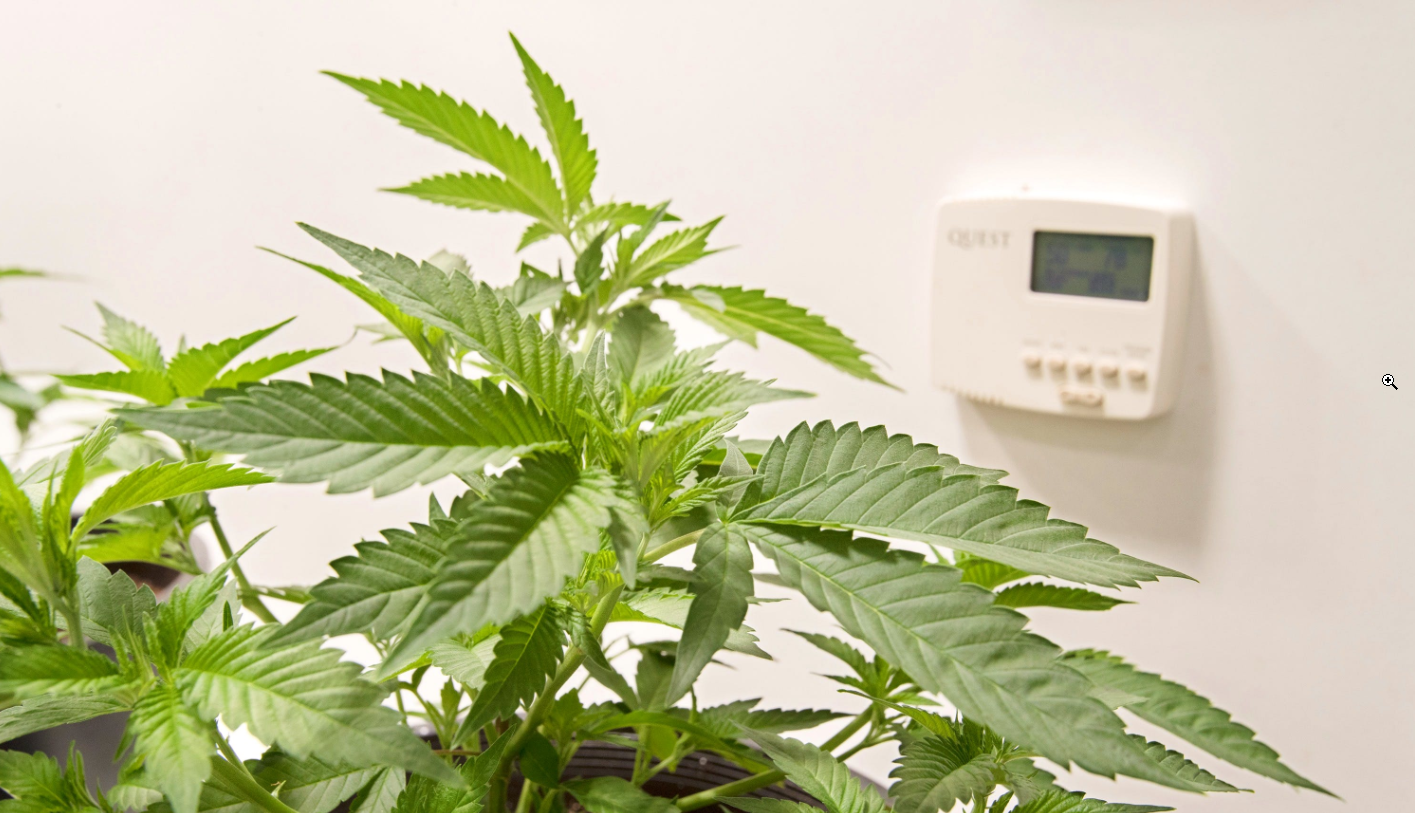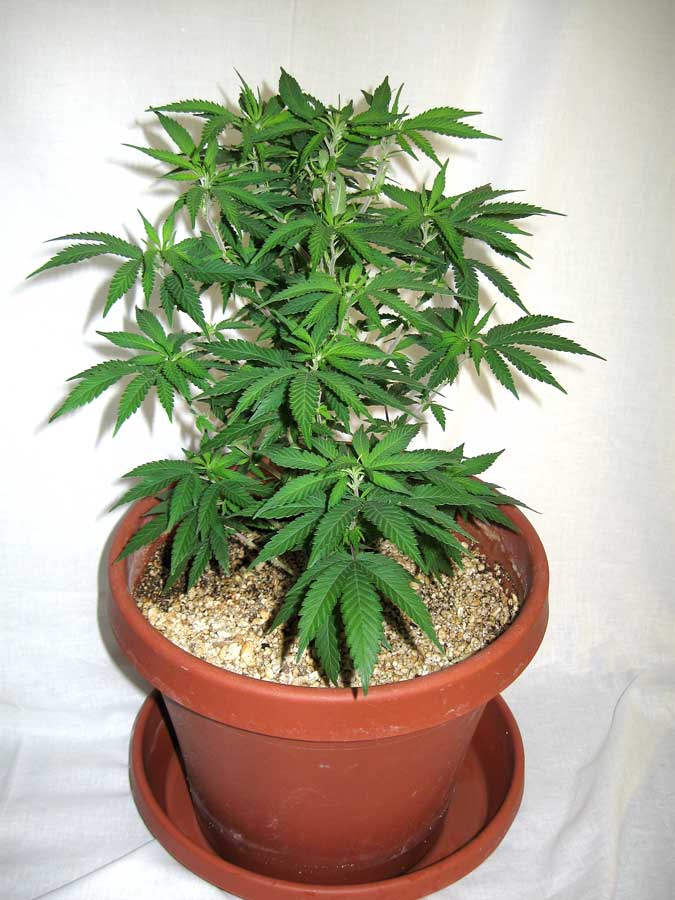Whether you are new to cannabis growing or an experienced grower, there are a few essential components to a successful harvest – all of which center around designing a grow room. Even the most proven genetics and resilient cannabis strains will fail to come to fruition without a proper set-up. So here are some tips to cultivating a successful indoor cannabis garden!
Choose an Ideal Space
Whether you are a beginner home-grower or an experienced commercial grower, the key is to choose an ideal space. There are a few things to take into consideration when choosing this space:
- Your knowledge and experience
- How many plants you wish to grow
- Surrounding materials – Carpeting, raw wood and drapes are difficult to clean, so avoid them whenever possible. Tile, laminate or an insulated cement floor is ideal.
- The amount of light – It is vital to control the lighting in your space, so ensure that there are no leaks for natural light or that you are able to black it out.
- Natural temperature and humidity – While growing indoors is ideal, you still want a cool and dry area. A space that is kept warm or humid is not ideal as it will be harder for you to manage these conditions.
If you are a new or home grower, your grow space can range from a closet or cabinet to a garage or shed, depending on what your goals are. For those brand new to growing, it is beneficial to start small to reduce initial expenses and mitigate the costs of mistakes. As for an intermediate or more experienced grower, than a garage or shed is an ideal space to produce a slightly larger yield and to manage additional plants.
Keep in mind, cannabis flowers easily double or even triple in size during the early stages of flowering, so ensure you have adequate space for the amount of plants you wish to begin with.
Seal and Insulate
Once you have chosen your space, it is important to ensure it is well-sealed and insulated. This is why a closet or room in your home may prove the easiest as homes are generally better sealed and insulated when compared to detached garages and sheds. However, there is temperature and humidity to consider as well. A garage or basement closet is ideal as they are cool and dry and tend to be a more moderate temperature than the main living space of a home.
Implement Proper Lighting
Proper lighting is ideal for cannabis plant growth and for producing maximum yields. At each stage of growth, cannabis has different lighting needs.
For example: Seedlings should be kept in the dark until they are 2-3 cm tall. Then they can be set up in a grow medium for vegetation, which requires 13-24 hours of light per day. Plants are said to grow more rapidly during this stage if given more light, but some growers insist that plants grow strength when in the dark. Therefore, they opt to cycle the lighting. Once the plant has reached approx. half its final size, lighting is switched to a 12-hour on / 12-hour off cycle of lighting versus complete darkness. It is important to purchase a timer for your lights so you can manage these cycles effectively.

Lighting Choices
In terms of which type of lighting you choose, there are several options including:
- Fluorescent Lights – In particular, try to choose one with high-output (HO) T5 bulbs. These are popular for small-scale home growers as they tend to be cheaper and they don’t require a cooling system such as with HID lights. However, they are far less efficient and generate 20-30% less light per watt.
- HID (high intensity discharge) Lights – These are widely used thanks to their efficiency, output and value. They cost more than incandescent or fluorescent alternatives but are not as efficient as LED lighting.
- LED Lights – These are becoming more popular for growing cannabis as they are super efficient and also have a larger light spectrum, saving energy and increasing the quality of your cannabis. Unfortunately, a quality LED light setup can be extremely costly, especially for new growers.
It is important to note that plants kept under hot lights too long can burn or become stressed, so ensure that you have ample space between your lights and plants to maximize their exposure but reduce negative effects.
Control The Temperature

The next step to designing a grow room is to control the temperature. Once you have determined your choice of lighting, it will dictate your temperature control. Some light options produce a great amount of heat and, therefore, you would use an air conditioner or fan to reduce the room temperature. If you have chosen efficient lighting, then you can use a heater or thermostat to manage the temperature.
In the end, cannabis plants require a temperature between 66 to 76 degrees Fahrenheit / 19 to 25 degrees Celsius. Be careful if you are leaning towards a basement, as the temperature can drop in the evening when the lights are out. This also goes for a garage or shed that is not properly insulated.
A space with a working thermostat is an ideal way to set and manage the temperature, especially overnight. A combination hygrometer/thermostat will help you keep an eye on the conditions in your grow room like temperature and humidity, which we will get into next!
Achieve Humidity Control
After temperature comes humidity, which is an extremely important and yet often overlooked component of your grow room. Many individuals, especially new growers, do not want to put the time and money into purchasing and setting up a proper humidity system (such as a quality dehumidifier), however not doing so can be detrimental for your crop.
Humidity of between 40% and 70% is ideal for cannabis. If the humidity is lower, the plants could dry up and die. If humidity is higher, your cannabis is at risk for developing mildew and mold. As mentioned, a hygrometer can help track the humidity of your grow room.
By implementing a proper size air conditioner to manage the temperature, it will also assist with regulating humidity. A properly sized AC unit will pull more water from the air, therefore putting less strain on your dehumidifier. Remember, bigger is not necessarily better! An over-sized AC unit will cool the room too much and put stress on your heaters or vice versa if the unit is too small.
Focus on Air Movement
Ventilation is another important component for designing a grow room. Humid air tends to rise while CO2, which is critical for plant growth, settles at the bottom of the floor. Regulating air flow and ensuring proper ventilation will evenly disperse both humidity and CO2 components for a more successful grow.
An easy solution for air movement is a floor fan. Again, you don’t want a fan that is too big as it may reduce the temperature in the room. However, a proper sized fan is an important component for your ideal grow room.
Grow Container Options
 Once you have your grow room situated, the last thing you need to decide in is what container(s) you will grow your cannabis in.
Once you have your grow room situated, the last thing you need to decide in is what container(s) you will grow your cannabis in.
The options range from inexpensive cloth bags to “smart pots” designed to enhance airflow. There is also the option of a flood-and-drain tray hydroponic system. That said, many people simply choose 5 gallon pots for their first grow.
Cannabis is sensitive to being waterlogged, so the grow container needs proper drainage.
Get Growing!
So, to recap, you require the following equipment:
- A sealed and insulated space
- Proper lighting
- A combination hygrometer/thermostat
- An air conditioner unit
- A floor and/or ceiling fan
- Heater
- Dehumidifier
- Optional: An automated trimmer to make harvesting a breeze
The initial investment for designing a grow room can be a bit scary at first. However, it is well worth it; especially considering the amount of money you will save when you no longer have to purchase marijuana. Achieving ideal conditions requires some trial and error, but proper systems will mitigate issues.



